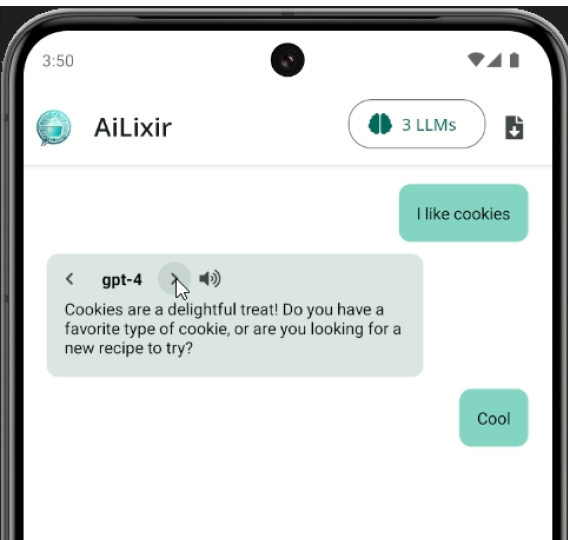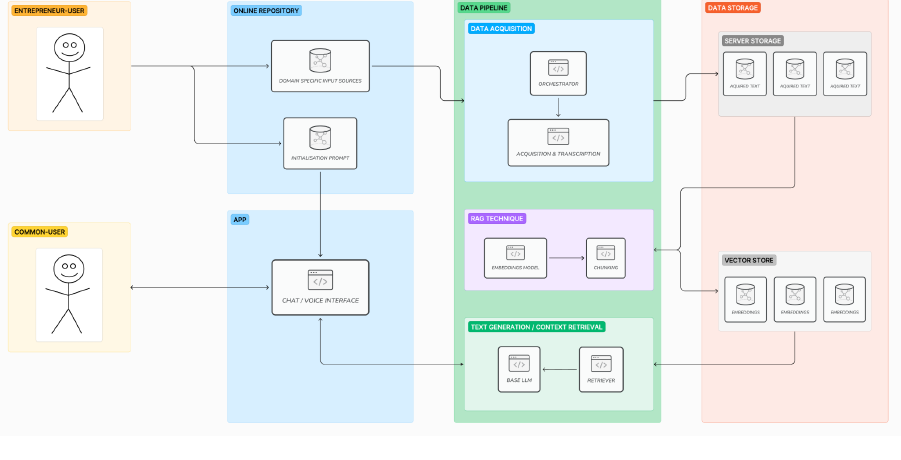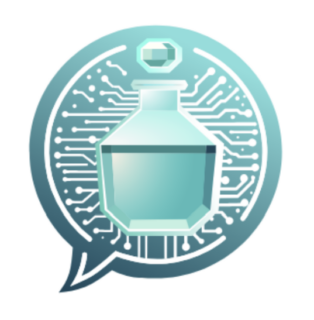Results of the AI Agent Framework Project with Zink (Video and Report, AMOS Summer 2024 Project)
This project is one of seven Scrum projects with industry partners that were part of the AMOS Summer 2024 Projects. Below please find the video (you may also like the other videos) and the project summary which details the final result of the project. We run these projects every semester, so please be in touch if you would like to motivate one of your own!
Demo Video
Project Summary
| Project Name | Ailixir – AI agent generation framework |
| Project Mission | Ailixir is a proof of concept for an AI-agent generation framework which primarily allows administrators to deploy agents specialized in various knowledge domains, for instance: health, economics, biology etc. Each agent is delivered via a mobile app which enables end users to compare the results produced by different LLMs when they have access to specialised domain knowledge. |
| Industry Partner | Andi Zink |
| Team Logo |  |
| Project Summary | The scrum team, composed of 6 software developers, 2 product owners and 1 scrum master, completed 121 backlog items (502 story points) within a timeline that spanned 11 weekly sprints. Ailixir’s project goals achieved are: i. Acquisition & storing of current knowledge from knowledge sources (websites, podcasts, videos, academic literature) utilizing Python. ii. Receiving more accurate and relevant replies from the LLMs: Three different LLMs were integrated via LangChain. The acquired content was turned into custom domain context (embeddings in a vector store) utilizing the Retrieval Augmented Generation (RAG) technique. The LLMs base their answers on this domain context and can provide links to the original sources. iii. Creation of a mobile app using React Native for interacting with the agents using text and voice. |
| Project Illustration |  |
| Team Photo |  |
| Project Repository | https://github.com/amosproj/amos2024ss06-health-ai-framework |
| Additional Information | System Architecture Diagram |

